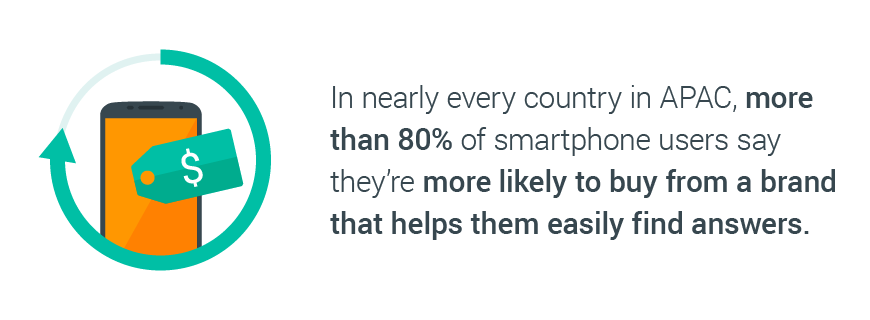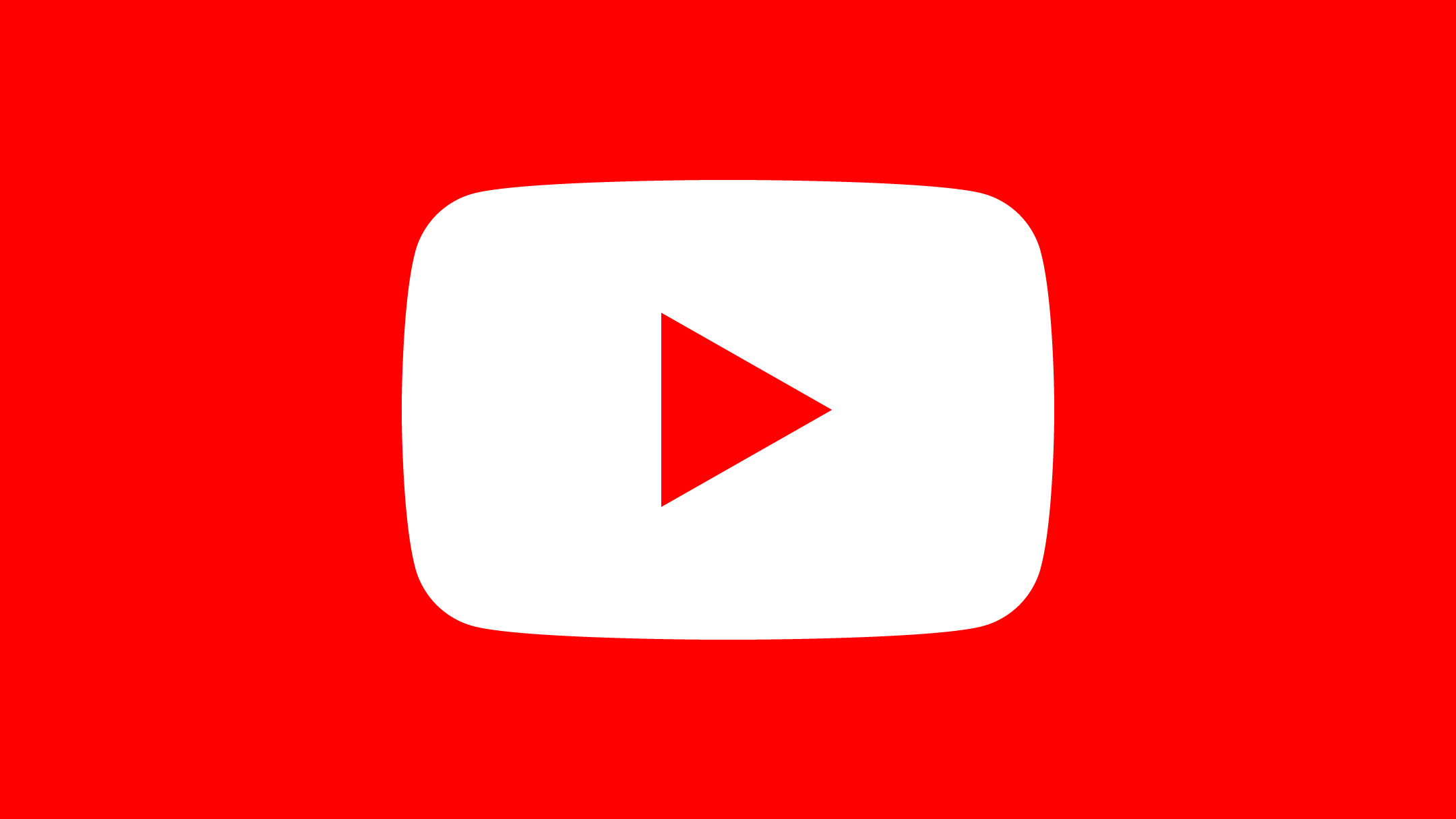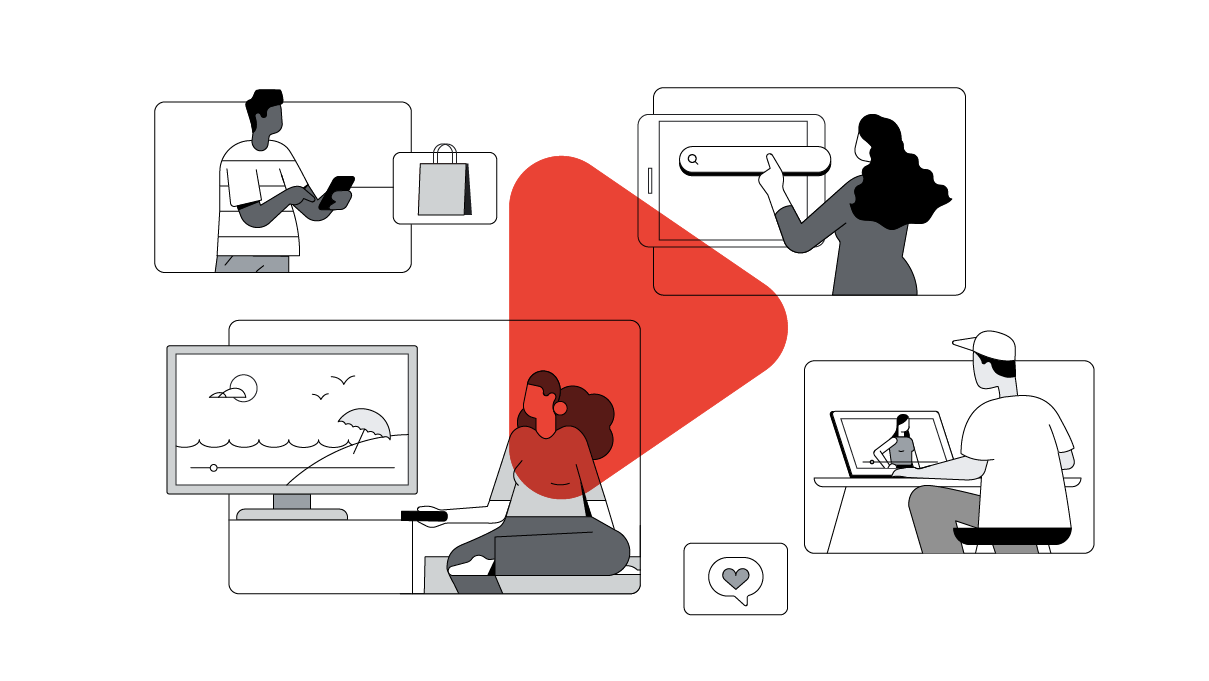Every day, consumers in APAC turn to their smartphones to answer questions such as “how do I clean my sneakers” or, “how do I set up my sound system?” These micro-moments present opportunities for brands not only to increase their exposure to the right customers but also to actively help them by answering their questions. YouTube in particular gives brands the ability to answer consumers’ questions as they search for answers. People may turn to YouTube for entertainment, but also for inspiration or to figure out how to accomplish a task—and the millions of how-to videos on the site can attest to that. For brands, being present with helpful, relevant content on YouTube is key to addressing consumers’ needs.
According to a recent study conducted by the research firm TNS, YouTube is the top destination where APAC consumers go to watch videos.1 That’s especially the case in Indonesia, Vietnam, and the Philippines, where 89%, 87%, and 84% of people, respectively, turn to YouTube before they go anywhere else.1 It was also revealed that when APAC users are watching, they’re really watching. In Korea, viewers are more focused when watching YouTube compared with any other video websites.2 Similar results were found in Taiwan, Hong Kong, and Indonesia.3
This is big news for brands looking to be there and be useful for consumers in their critical moments of need. YouTube has the power to reach and influence consumers, and brands need to be present to make the most of it. Let’s take a look at how brands in APAC have used YouTube to engage with consumers in their moments of need.
How-to videos can influence purchase decisions
In the Philippines, Vietnam, India, and Hong Kong, YouTube is the third most popular destination for product research (after search and visiting a brand’s website or store).4 Because people discover YouTube videos primarily through search,1 they’re approaching the topic with the intention to learn more about it, and are ready to engage.
In India, Indonesia, Malaysia, the Philippines, Singapore, and Thailand, more than 80% of smartphone users say YouTube can be used to learn new things,4representing a massive potential for brands to create engaging instructional content on the platform.
When brands provide helpful videos that answer questions in key moments, they can win over customers. In nearly every country in APAC, more than 80% of smartphone users say they’re more likely to buy from a brand that helps them find answers easily.4 Research also shows that purchase intent is affected by instructional video content: In Indonesia, India, the Philippines, Taiwan, Thailand, and Vietnam, more than 75% of smartphone users are more willing to buy a product from a company that provides instructional video content.4

To meet consumers in these I-want-to-do moments, brands should look at what people are searching for and create videos that align with what their brand offers. Creating a simple video that answers that need can win brand love that lasts.
Here are two brands that have done this well:
Unilever Philippines, “All Things Hair”
By monitoring Google Trends, the team at Unilever Philippines noticed that Filipina women were looking online for hair tips, tutorials, and inspiration. They also saw that almost all hair-care videos were user-generated, which meant there was no brand addressing the need for hair-care content.
To be useful for women in these moments, Unilever created the “All Things Hair” YouTube channel as a one-stop destination for a range of hair-related video tutorials.
Unilever identifies specific consumer micro-moments by monitoring the top hair-related Google searches, as well as trending topics like holiday seasons or celebrity styles at award ceremonies. Unilever then uses the information to create video tutorials for its products across its different brands that pertain to Filipinas and their latest hair needs.
This campaign cemented Unilever’s position as the largest branded personal-care channel in the Philippines with 26K subscribers and 35.9M views.
Kellogg’s India
While looking to increase the consumption of Corn Flakes, the team at Kellogg’s India saw that Indians were increasingly searching for breakfast recipes online (e.g., “fun recipes for kids,” “fun recipes,” and “make breakfast more exciting”). Kellogg’s also realized that Indians were sticking with just one way of eating Corn Flakes: in a bowl with milk. Putting two and two together, the cereal brand created a series of videos to showcase new ways of using cornflakes for breakfast and hosted the campaign on its YouTube channel.
Working with the Google team, Kellogg’s India identified specific category trends for recipes and used them as a basis to create 100 sitcom episodes, each starring the fictional Gupta Jee Ki family. Each two- to three-minute episode featured an entertaining story about the family—as well as a full recipe using Kellogg’s Corn Flakes as a main ingredient—shown in both the video itself and displayed below the video.
The campaign has been a great success, generating a 20% increase in sales volume, a 5.6% increase in brand awareness, and an 11.8% increase in product consideration.
Takeaways for marketers
As consumers in APAC turn to YouTube for answers, here are three things your brand can do:
1. Know what your customers want to know
Dig deep into the needs and issues facing your customers by conducting research. Google Analytics can help determine top mobile searches or popular questions being asked about your product. Think about what people need in those moments when they turn to the web. Looking closer to home also helps: What is your sales team saying? What’s happening in-store as people are making decisions at the point of purchase?
With these tools, discover what your brand can address through helpful, fun how-to videos, that consumers will thank you for. Think about how Unilever inspired hairstyles for different occasions and Kellogg’s encouraged breakfasting families across India to spruce up that all-important first meal of the day.
2. Balance instruction and entertainment
Brand videos with instructional content don’t need to be straightforward or boring. Much like Kellogg’s India and the Gupta Jee Ki family, consider weaving instructional content into a story that consumers can follow and enjoy.
Remember, YouTube is mainly a place for entertainment. In all markets, how-to videos are less popular than entertainment-related ones, such as comedy videos, movies, music videos, and TV shows.1 In Taiwan, Hong Kong, Korea, Australia, and Indonesia, people go to YouTube to relax or be entertained first, followed by to learn.3 The how-to aspect of the video, which is merely the response to consumers’ intent, can be fused with other great content to further engage viewers and inspire sharing.
3. Reach the right people at the right time
Targeting is key in making sure your brand video reaches the right audience. With TrueView discovery ads, brands can evaluate and respond to search terms and interest within YouTube to help content appear in the search results.
This will allow your brand video to be seen by consumers who are already open to viewing the information offered on YouTube. So the next time a consumer turns to YouTube in a moment of need, ensure your video is waiting in their search results with the answers to their questions.






